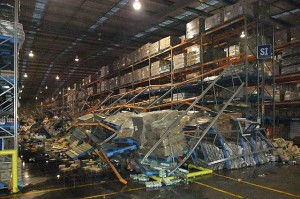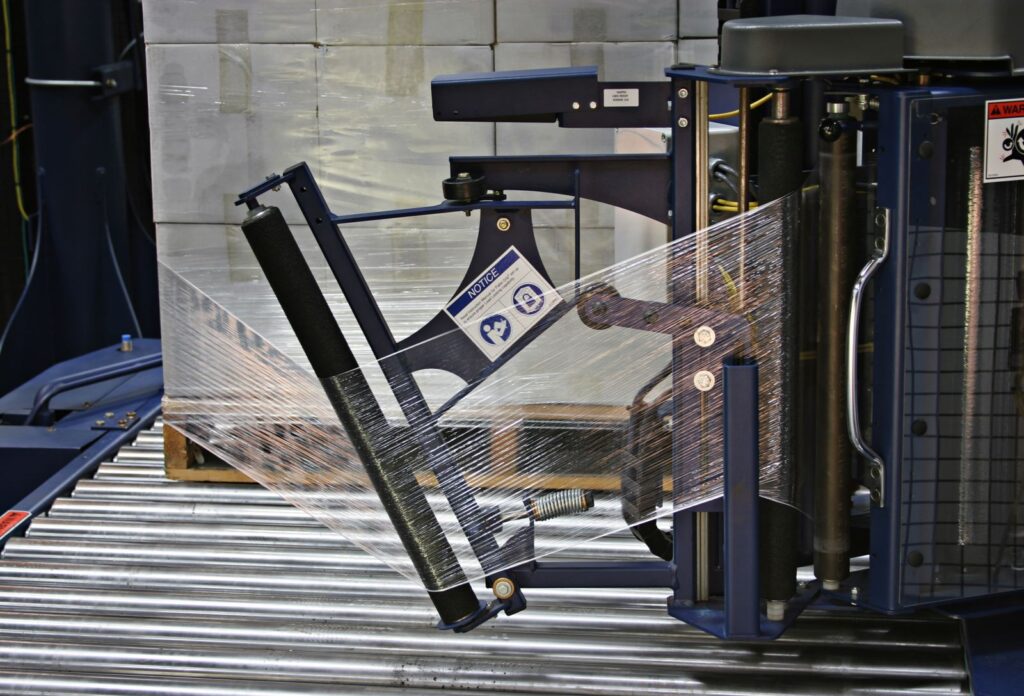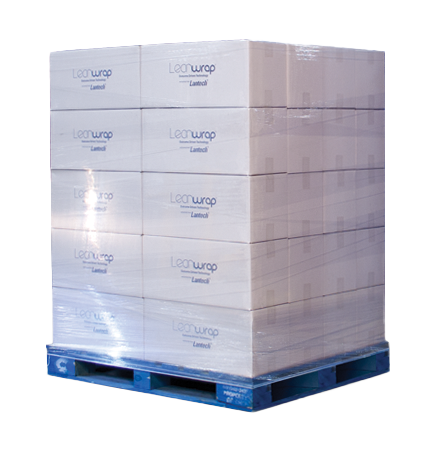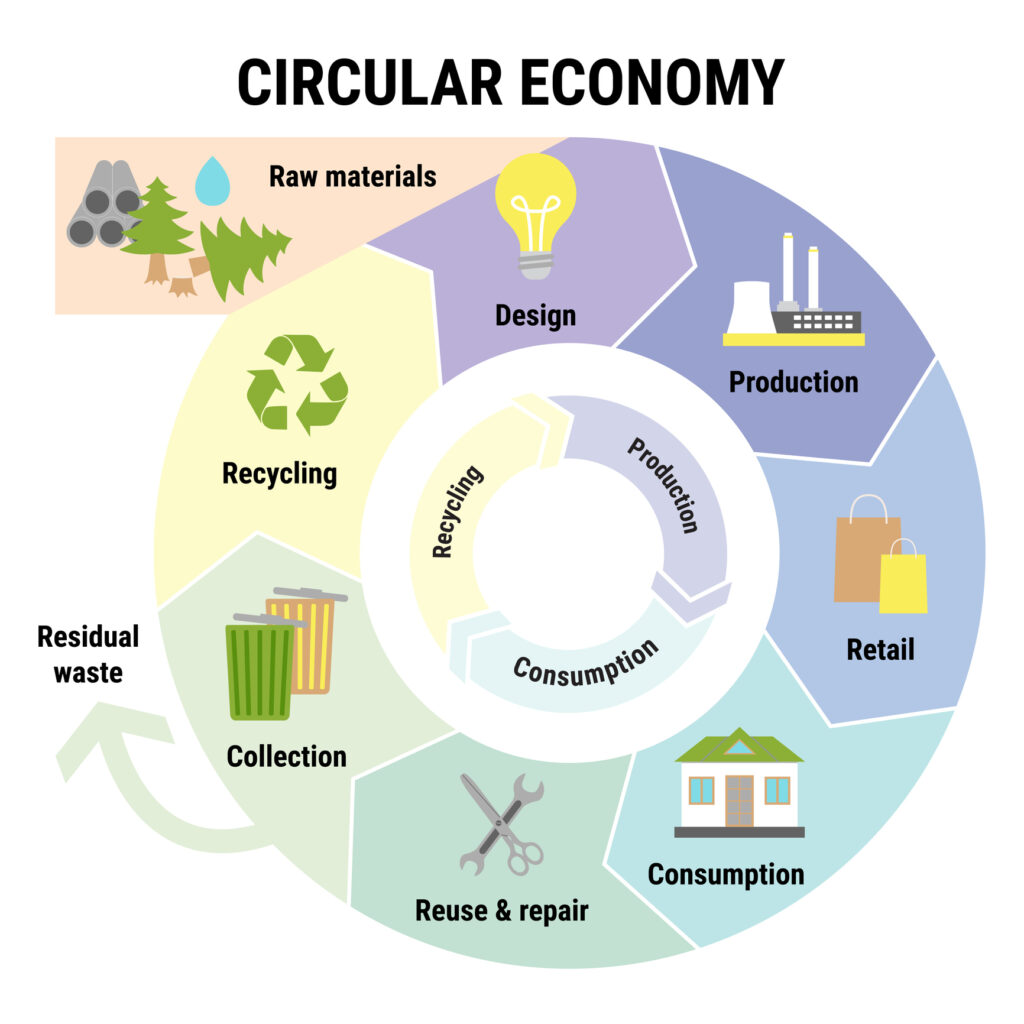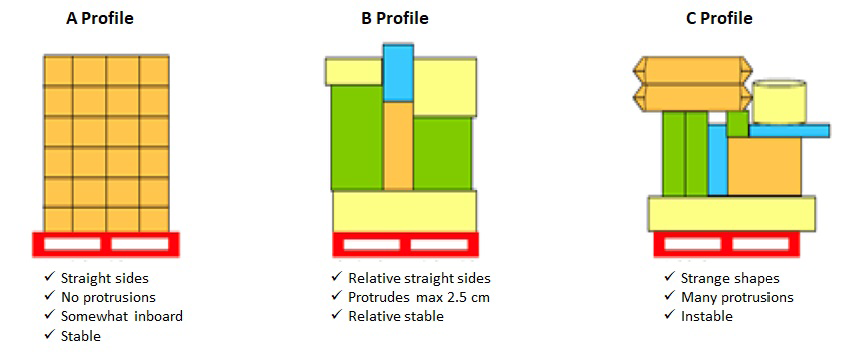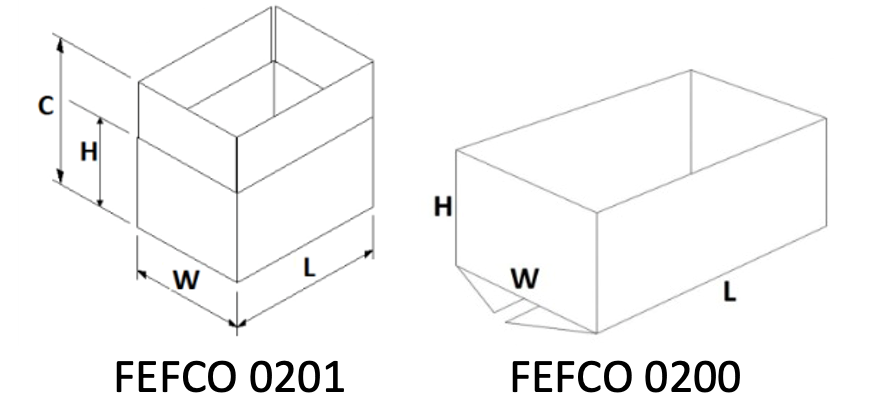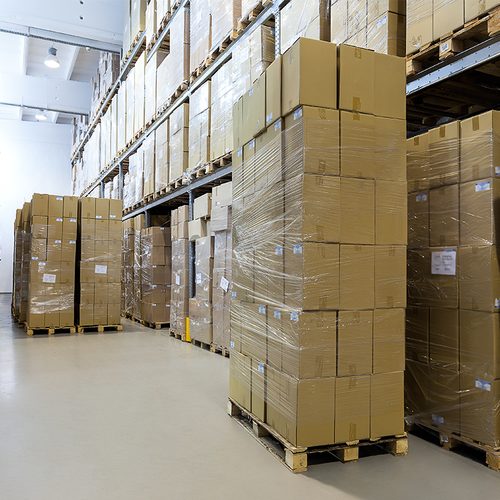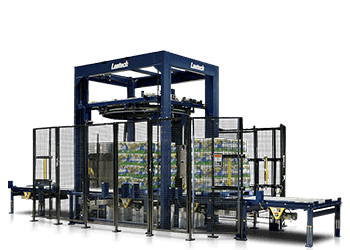Natural disasters such as earthquakes, hurricanes, and floods disrupt global supply chains, causing significant damage to goods and infrastructure. According to the World Bank, natural disasters result in annual global losses of over $300 billion, with the logistics and warehousing industries bearing a substantial share. These events compromise storage facilities, damage cargo, and delay deliveries, leading to financial setbacks and reputational risks for businesses.
Preventive measures, like using pallet stretch wrap, play a crucial role in mitigating such losses. By securing goods against vibration, moisture, and displacement, businesses can enhance their resilience and minimize risks during disasters.
Key Takeaways:
- Learn how natural disasters impact logistics and warehousing.
- Discover the preventive role of pallet stretch wrap.
- Explore real-world applications and benefits of quality packaging.
Typical Risks for Cargo During Natural Disasters
Natural disasters pose significant risks to cargo safety, causing various types of damage that can disrupt supply chains and lead to financial losses. Below are the common risks and their potential impacts:
- Earthquakes: Intense vibrations during earthquakes can cause pallets to topple, leading to severe product damage. Fragile goods are especially at risk, as packaging materials may break. Additionally, structural collapses in warehouses can expose products to further harm.
- Floods: Water infiltration from floods can penetrate poorly secured packaging, damaging products and weakening the structural integrity of cardboard boxes. Moisture can also compromise product quality, particularly for perishable or sensitive goods.
- Hurricanes and Tornadoes: Strong winds can displace pallets and cause products to shift or fall, resulting in impact damage. Flying debris and rapid environmental changes further heighten the risk of cargo loss.
- Fires: Even when goods are not directly affected by flames, smoke, soot, and water used for extinguishing can lead to secondary damage. Products exposed to these elements may become unsellable due to contamination.
Understanding these risks emphasizes the need for effective preventive measures, such as using stretch wrap, to secure and protect cargo during transit and storage — a need effectively met by Ecommerce Packaging Machines.
The Role of Stretch Wrap in Minimizing Damage
Pallet stretch wrap is a highly effective solution for protecting goods during natural disasters. Its versatile properties provide multiple layers of defense to minimize damage caused by external forces:
- Strengthening Stability: Stretch wrap secures products firmly onto pallets, significantly reducing the risk of items toppling during earthquakes or being displaced by strong winds. This stability ensures that products remain intact even under extreme conditions.
- Moisture and Dust Protection: High-quality stretch film acts as a protective barrier, preventing water and dust infiltration during floods or storms. By maintaining product integrity, this feature is particularly valuable for sensitive or perishable goods.
Additional benefits include:
3. Shock Absorption: Multilayer wrapping provides cushioning against mechanical shocks and vibrations, minimizing the likelihood of internal or surface damage during transit or storage.
4. Minimizing Pollution: In case of fires, stretch wrap helps shield products from external contaminants like smoke, soot, and dirt. This barrier reduces the risk of contamination and preserves product quality.
Investing in stretch wrap as part of a comprehensive risk management strategy ensures robust protection for cargo against a variety of disaster scenarios.
Examples of Successful Application
While specific case studies detailing the use of stretch wrap during natural disasters are limited, the effectiveness of stretch wrap in protecting goods during transportation and storage is well-documented. For instance, a warehouse and logistics provider improved load containment and reduced product damage by transitioning from manual hand wrapping to a semi-automatic rotary arm stretch wrapper. This change enhanced the stability of their loads, demonstrating the protective benefits of proper stretch wrapping techniques.
Additionally, the Stretch Wrap Alternative Project, initiated by the Ellen MacArthur Foundation, explores circular alternatives to traditional stretch wrap, focusing on reuse, recycling, and composting. This project highlights the industry’s recognition of the importance of effective pallet wrapping in maintaining load stability and protecting goods, which is crucial during unforeseen events.
These examples underscore the significance of proper stretch wrapping in safeguarding products, which can be particularly beneficial in mitigating damage during natural disasters.
Other Methods of Cargo Protection in Addition to Pallet Stretch Wrap
While pallet stretch wrap provides excellent protection, combining it with other methods can further safeguard cargo:
- Shock-Absorbing Pallets: Designed to reduce the impact during transit, these pallets provide added protection against vibrations and collisions.
- Moisture-Resistant Covers: Waterproof covers shield goods from potential water damage caused by floods or heavy rain, ensuring product integrity.
- Advanced Monitoring Systems: Equipped with sensors, these systems monitor temperature, humidity, and movement, allowing real-time adjustments to minimize risks.
Integrating these solutions with stretch wrap offers comprehensive cargo protection against natural disasters and transit hazards.
Conclusion
Stretch wrap is a universal and cost-effective solution for protecting goods during natural disasters. By investing in high-quality wrapping techniques, businesses can mitigate risks, reduce losses, and ensure continuity. Packaging plays a vital role in risk management, making it indispensable for logistics and warehousing operations.
FAQ
1. What is pallet stretch wrap, and how does it protect goods?
Pallet stretch wrap is a flexible film that secures and protects goods during storage and transportation, reducing the risk of damage.
2. Can stretch wrap protect against floods?
Yes, high-quality stretch wrap provides a moisture-resistant barrier, protecting goods from water infiltration during floods.
3. How does stretch wrap prevent earthquake damage?
By stabilizing products on pallets, stretch wrap reduces the risk of items falling or shifting during seismic activity.
4. Is stretch wrap environmentally friendly?
Modern stretch wraps are recyclable, making them a sustainable choice for packaging.
5. What other measures complement stretch wrap?
Shock-absorbing pallets, moisture-resistant covers, and monitoring systems enhance protection when used alongside stretch wrap.
